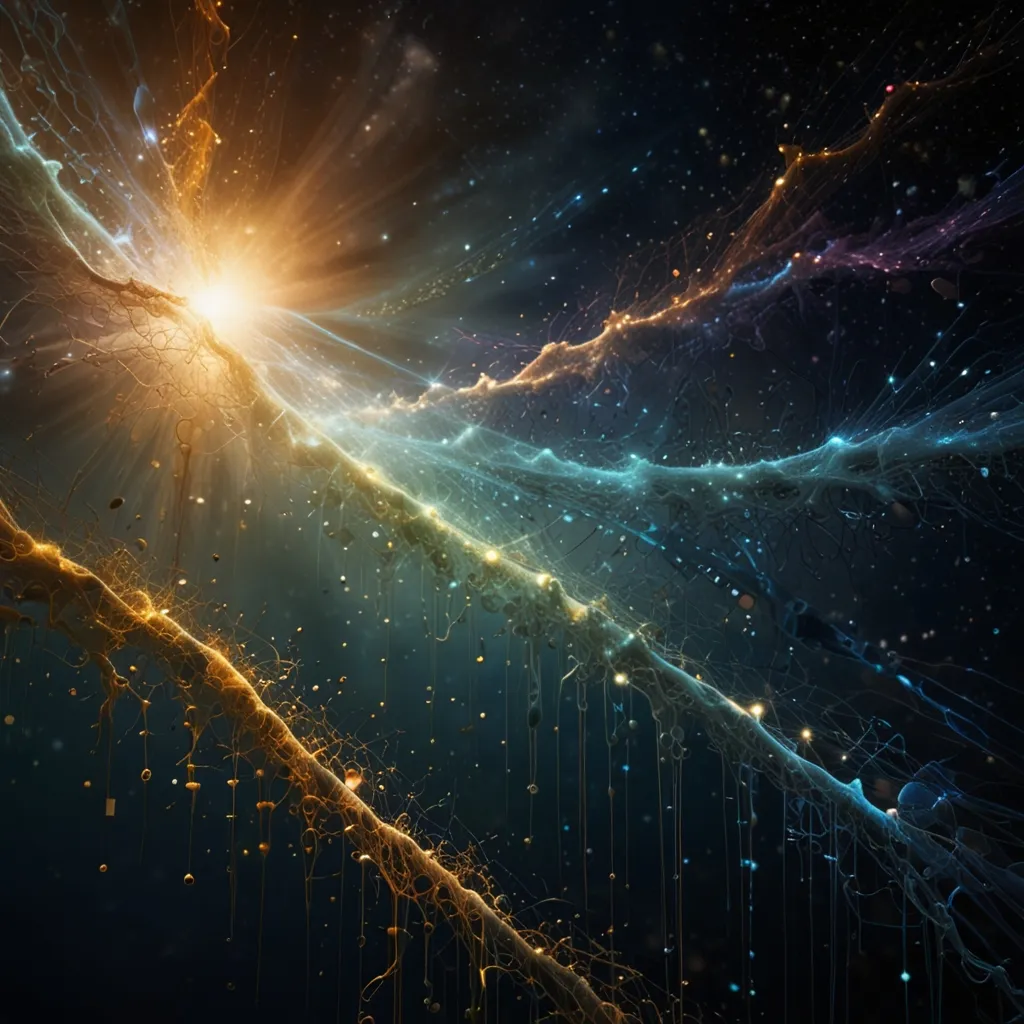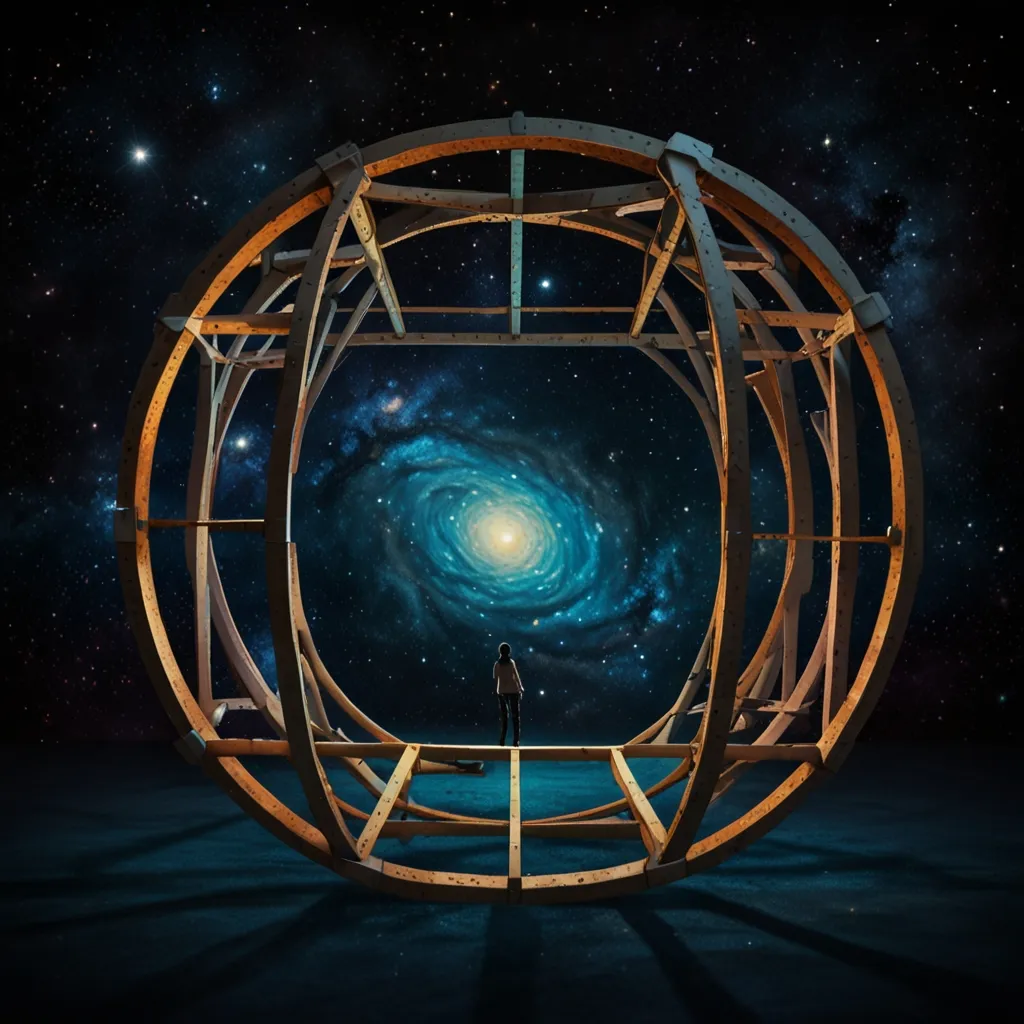Climate Change and Agriculture: A Growing Challenge
Climate change is no longer a distant threat looming on the horizon. It’s here, and it’s reshaping agriculture in ways we never imagined. From sun-baked fields in the American Midwest to lush Asian rice paddies, farmers worldwide are grappling with unprecedented challenges.
Let’s talk about weather patterns for a moment. Remember when you could predict the first frost or when the rainy season would start? Those days are gone. Now, it’s like Mother Nature’s playing a game of weather roulette. One year you might have a drought, the next year floods. It’s enough to make even the most seasoned farmer scratch their head.
Take the American corn belt, for instance. Once a reliable breadbasket, now it’s facing more frequent heat waves and unpredictable rainfall. Imagine being a farmer there, watching your corn wither in the field because the rain didn’t come when it should have. It’s not just about lost income; it’s about a way of life being threatened.
And it’s not just crops feeling the heat. Livestock farmers are finding their pastures turned to dust during droughts. Water for irrigation is becoming scarcer. Even worse, pests and diseases that used to be kept in check by cold winters are now thriving in the warmer temperatures.
But here’s where it gets really interesting. The growing seasons are changing too. In some places, they’re getting longer, which might sound great at first. More time to grow crops, right? Well, not so fast. In many cases, warmer temperatures are actually rushing crops through their growth stages. It’s like trying to cram a semester’s worth of learning into a week - the end result just isn’t as good.
Now, let’s talk about the birds and the bees. No, really! Pollinators like bees and butterflies are crucial for many crops. But climate change is messing with their schedules. Imagine if you showed up to work two hours late every day, but your job was time-sensitive. That’s what’s happening with pollination. Plants are blooming at different times, and pollinators aren’t always there to do their job. The result? Lower crop yields and less variety in our food.
Soil and water, the very foundations of agriculture, are taking a beating too. Heavy rains (which are becoming more common) can wash away topsoil faster than you can say “erosion.” And all those fertilizers and pesticides farmers use? They’re ending up in our rivers and lakes, creating “dead zones” where nothing can live. It’s like we’re slowly poisoning our own food and water sources.
But it’s not just about food production. This is a public health issue too. As farmers struggle to combat new pests and diseases, they might turn to more pesticides. That means more chemicals in our food. And let’s not forget about the greenhouse gases. Agriculture is both a victim and a contributor to climate change, creating a vicious cycle that’s hard to break.
So, what can we do about all this? Well, farmers are a resourceful bunch, and they’re not taking this lying down. Many are turning to what’s called “climate-smart farming.” It’s like farming with a weather app and a scientist in your pocket. They’re using advanced forecasting tools to predict weather patterns and planting cover crops to protect their soil.
Have you heard of precision farming? It’s like giving agriculture a high-tech makeover. Farmers are using drones, satellites, and smart irrigation systems to manage their crops with pinpoint accuracy. It’s not just cool tech; it’s about using resources more efficiently and reducing waste.
There’s also a growing interest in old-school techniques with a modern twist. Crop rotation, for instance, isn’t new, but it’s making a comeback. By planting different crops in the same field over time, farmers can improve soil health and reduce the need for artificial fertilizers. Some farmers are even integrating solar panels into their fields, creating a win-win situation for energy production and crop growth.
But let’s be real - farmers can’t do this alone. Governments and international organizations need to step up to the plate. We need policies that support climate-resilient agriculture. Imagine if farm subsidies were tied to sustainable practices instead of just production volume. Or if there was more funding for research into drought-resistant crops or more efficient irrigation systems.
Here’s the thing - agriculture isn’t just an industry. It’s a way of life for millions of people around the world. When we talk about the impact of climate change on farming, we’re talking about people’s livelihoods, cultural traditions, and the very fabric of rural communities.
But it’s not all doom and gloom. This crisis is also spurring innovation and collaboration on a global scale. Scientists are working on developing crops that can withstand higher temperatures and less water. Farmers are sharing knowledge across continents. And consumers are becoming more aware of where their food comes from and how it’s produced.
In many ways, agriculture is on the front lines of climate change. It’s where the rubber meets the road, or perhaps more accurately, where the plow meets the soil. The challenges are immense, but so are the opportunities for positive change.
As we move forward, we need to remember that every choice we make - from the policies we support to the food we put on our plates - has an impact. We’re all in this together, from the farmer tending their fields to the shopper at the grocery store.
Climate change and agriculture are locked in a complex dance, each influencing the other. But with the right steps - embracing sustainable practices, supporting innovation, and working together across borders and disciplines - we can create a more resilient and sustainable food system.
The future of agriculture in a changing climate isn’t set in stone. It’s being written right now, by farmers, scientists, policymakers, and consumers like you and me. So let’s make it a story of adaptation, innovation, and hope. After all, we’re not just talking about crops and livestock here. We’re talking about the future of our planet and our ability to feed ourselves and future generations.
It’s a tall order, no doubt. But if there’s one thing farmers know, it’s how to nurture growth in the face of adversity. And that’s exactly what we need to do now - on a global scale. The seeds of change have been planted. Now it’s up to all of us to help them grow.






